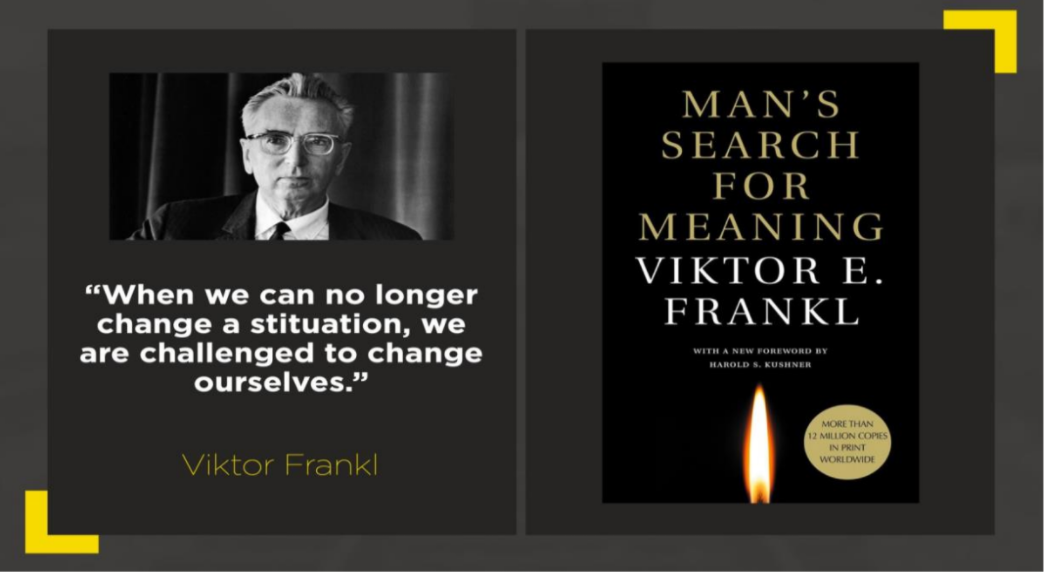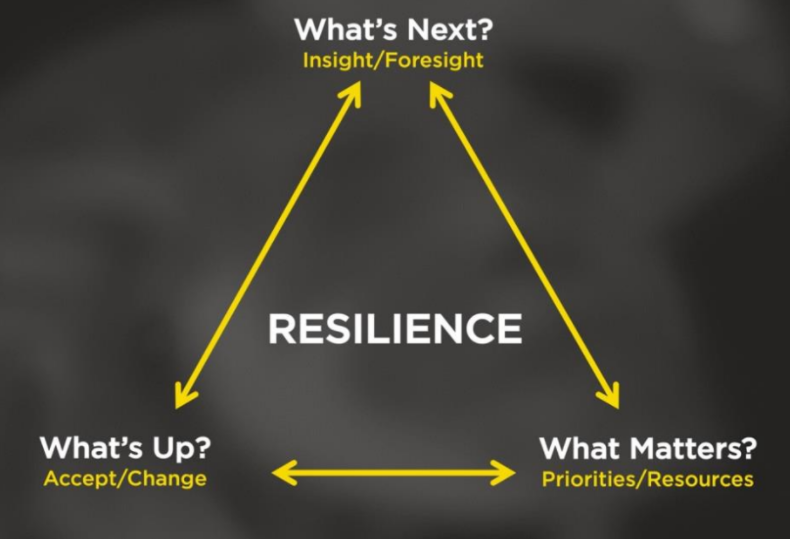Superpower of Resilience: Executive coaching, for resilience, builds honest, hopeful leaders & organisations!

Ingredients of Resilience: Flexibility, endurance, courage, growth
 A simple, clear way to define resilience is through an analogy
with the bamboo tree. The bamboo plant lives in most
continents around the world, able to grow in all weather
conditions, from draughts to floods. Its tensile strength is
greater than steel, so much so that, it is used as building
material in earthquake zones. So, resilience is to be as flexible
and enduring as a bamboo tree. The American Psychological
Association defines resilience as “the process of adapting well
in the face of adversity, trauma, tragedy or threat”. In
“Resilience-A Practical Guide for Coaches”, Carole Pemberton
defines it as “the capacity to remain flexible in our thoughts,
feelings, and behaviours when faced by a life disruption, or
extended periods of pressure, so that we emerge from
difficulty stronger, wiser, and more able” (2105, p.2).
I believe resilience is an inherent quality we all have to some
degree. It is not just “bouncing back” from troubles but
changing and growing as result of them. In other words, there
is both a recovery and a sustainability element in our
resilience. For me tough, the key ingredient in resilience
is courage! Resilience is “finding the courage to look at your
harsh reality, right in the eye”. This courage is what keeps us
going through tough times, enabling us to tap into our
“realistic optimism”.
A simple, clear way to define resilience is through an analogy
with the bamboo tree. The bamboo plant lives in most
continents around the world, able to grow in all weather
conditions, from draughts to floods. Its tensile strength is
greater than steel, so much so that, it is used as building
material in earthquake zones. So, resilience is to be as flexible
and enduring as a bamboo tree. The American Psychological
Association defines resilience as “the process of adapting well
in the face of adversity, trauma, tragedy or threat”. In
“Resilience-A Practical Guide for Coaches”, Carole Pemberton
defines it as “the capacity to remain flexible in our thoughts,
feelings, and behaviours when faced by a life disruption, or
extended periods of pressure, so that we emerge from
difficulty stronger, wiser, and more able” (2105, p.2).
I believe resilience is an inherent quality we all have to some
degree. It is not just “bouncing back” from troubles but
changing and growing as result of them. In other words, there
is both a recovery and a sustainability element in our
resilience. For me tough, the key ingredient in resilience
is courage! Resilience is “finding the courage to look at your
harsh reality, right in the eye”. This courage is what keeps us
going through tough times, enabling us to tap into our
“realistic optimism”.
Ingredients of Resilience: Flexibility, endurance, courage, growth
 Among many others, 3 social scientists contributed at great lengths to the study of resilience. The first one was
Viktor Frankl. After surviving concentration camps, he wrote a philosophical book, “Man’s Search for Meaning”,
and devised a psychotherapy model, “Logotherapy”. Logotherapy argues that our main motivation for living
comes from our will to find meaning in life. This is possible through “tragic optimism”, by reframing “pain, guilt,
and death” into a deeper cause or higher meaning. Simply put, we can only face the “tragic” reality with
“meaningful” hope.
Among many others, 3 social scientists contributed at great lengths to the study of resilience. The first one was
Viktor Frankl. After surviving concentration camps, he wrote a philosophical book, “Man’s Search for Meaning”,
and devised a psychotherapy model, “Logotherapy”. Logotherapy argues that our main motivation for living
comes from our will to find meaning in life. This is possible through “tragic optimism”, by reframing “pain, guilt,
and death” into a deeper cause or higher meaning. Simply put, we can only face the “tragic” reality with
“meaningful” hope.

In 1979, Aaron Antonovsky addressed the big question, “If disease and stress occur everywhere, all the time, how do we survive, despite the odds”. His famous theory on the relationship between health and stress, “Salutogenesis”, argues that instead of treating “dis(ease)”, we should concentrate on staying at “ease” i.e. healthy. “Implicitly, it is a recognition that one does not become sick or healthy as in a dichotomy but rather through a continuum, depending on our action and inaction” (as cited in Nam, 2011, p.2). To be healthy is to have a “sense of coherence” through - Comprehending our reality (being realistic), - Using the resources available to us (getting help), - Facing reality, with hope and optimism (finding meaning). But, how is it possible for a deeply pessimistic person by nature, to feel any optimism or hope? How can we see beyond the face value of sudden change and deep suffering?
Resilience is a developmental trait: Nurture not nature made

Emmy Werner studied the lives of 698 children over an amazingly long period of 32 years. In her ethno- psychological study, one third of the children, no matter what condition they were born into, grew up to be perfectly healthy and resilient adults. The secret recipe were these common factors among children, the
“Protective Factors”:
1) personal- ability to solve problems,
2) family- strong bond with a caretaker,
3) community- involvement and help,
4) communication-interpersonal communication skills.
As this study proves, nurture takes over nature in developing resilience. In other words, resilience is a developmental quality we can work on, not only through our teens but also all through all of our adulthood.
Then, the final and critical question is, “How can we develop resilience?”, in people, leaders, and organisations? How can we coach for resilience?
Coaching for Resilience: Context of Change, Content through Curiosity, Conduct with Courage

Resilience is a complex and profound concept with contradictory elements at play, like acceptance and proactivity or realism and optimism. It comes to life in answer to change that is outside of our control. This makes resilience contextual, dynamic, and process oriented. Resilience is a positive orientation to change that we build over time. The process of resilience, both at an individual and collective level, involves not just endurance, but also growth, as our relationship to change evolves. This suggests that resilience, also for the purposes of executive coaching, should be considered a developmental process.
Grant and colleagues’ earlier work (2009) indicates that executive coaching for resilience helps increase the mental well-being of the professional i.e. lower depression and higher well- being perceptions in self. Grant and colleagues’ later work (2014) shows how one on one and group coaching for organizational change can increase resilience levels i.e. cognitive hardiness of the individual (personal control, rise to challenges, commitment to action). Sherlock-Storey and colleagues’ study (2013) finds that levels of resilience increase through goal setting, social support, and self-efficacy in executive coaching.
The coaching framework presented here is built on the three core elements of resilience- change, curiosity, courage. It is designed to awaken the ideal, core self of the client through trust and interpersonal connection in the coaching relationship. It integrates “Salutogenesis Framework”, comprehending, managing, and making meaning, with the “Columbia Coaching Framework”, focusing, aligning, and performing. The model offers a simple process applicable both at the personal and professional level. The first phase, Change, is exploring the boundaries between acceptance and action, so that you can determine what is in and out of your control. The second phase, Curiosity, is about reviewing your priorities and resources available, so that you can take realistic action. The third phase, Courage, is finding insights today and foresights for tomorrow, so that you can grow through change.


